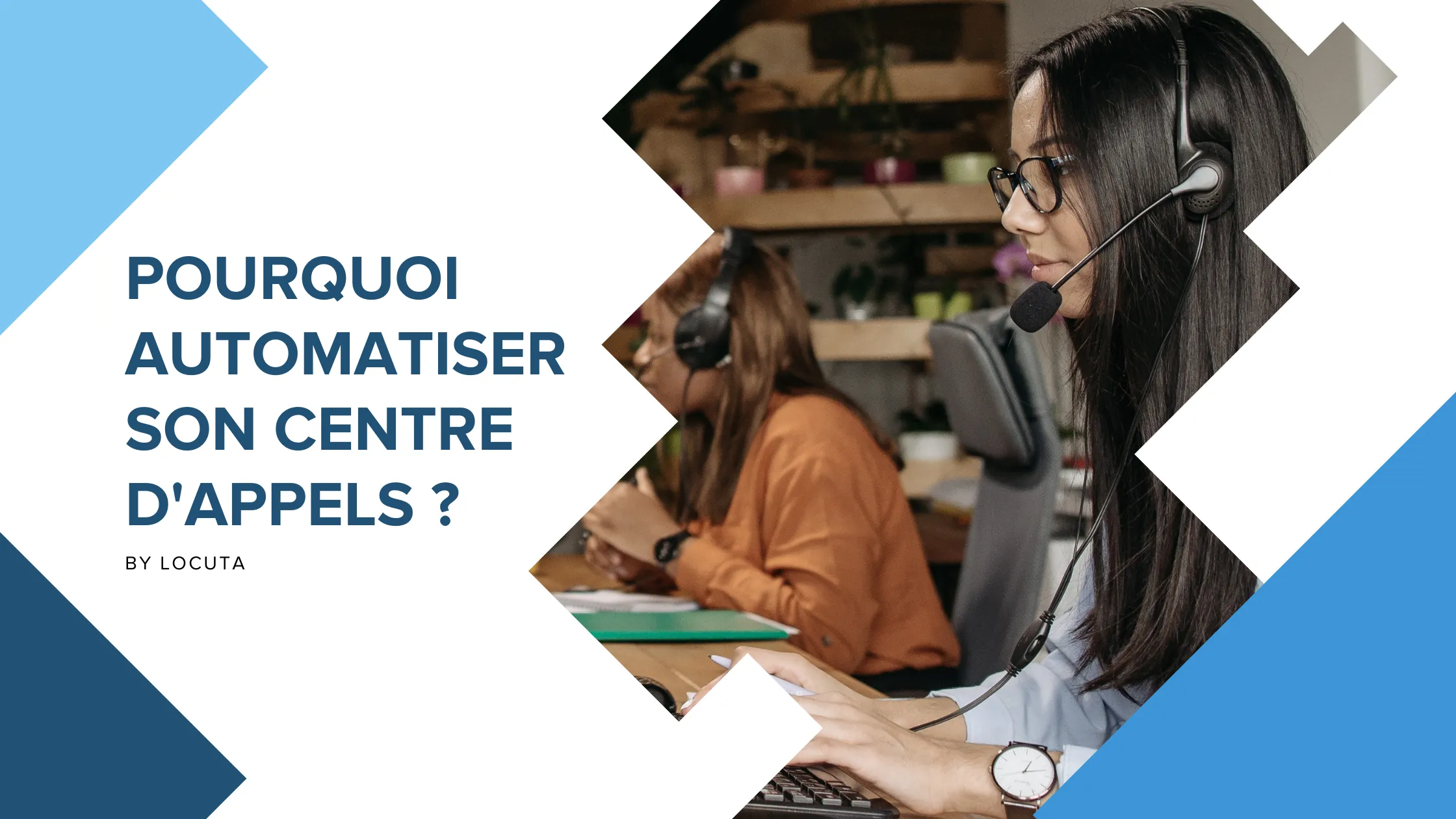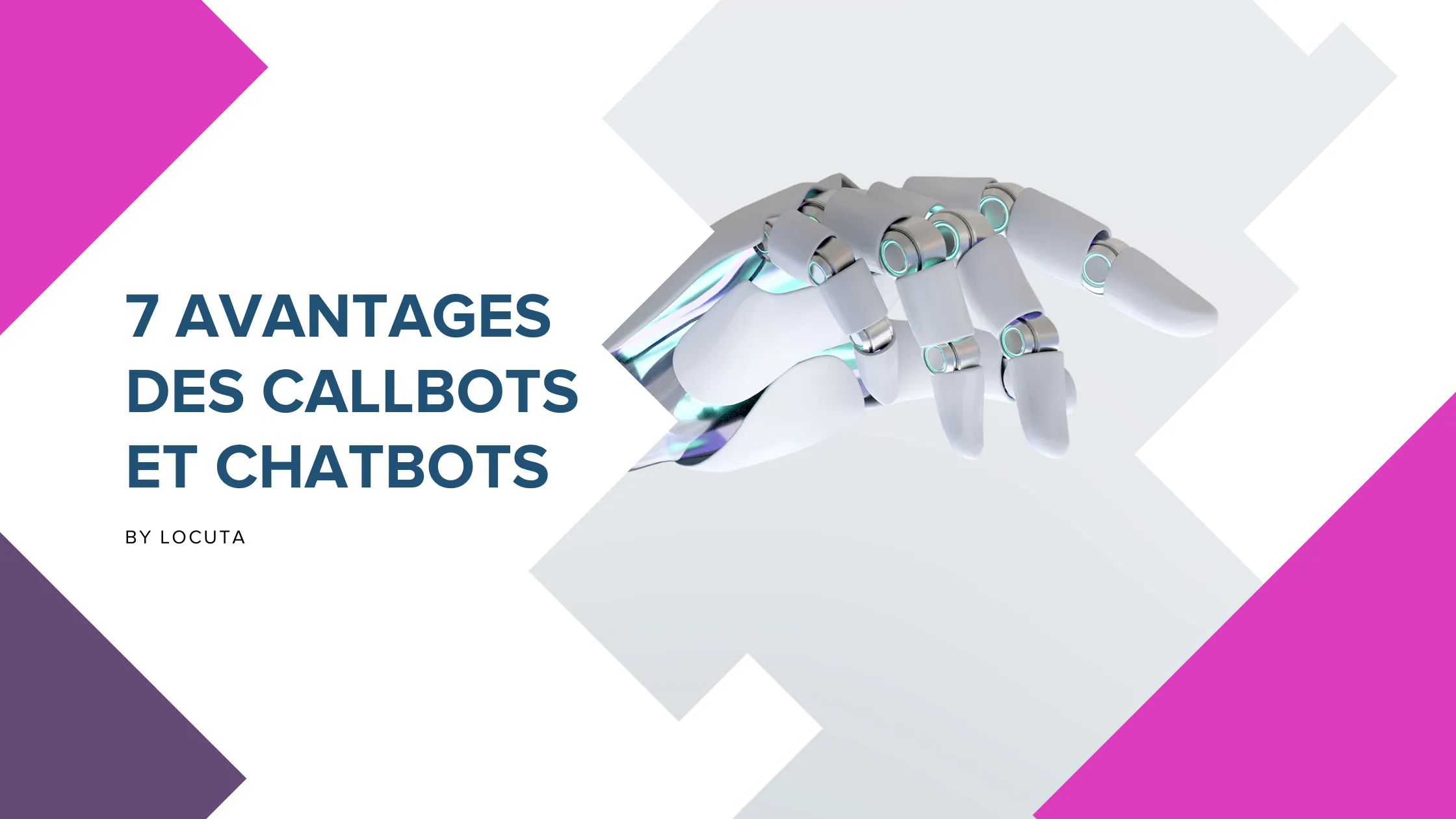Le coronavirus nous a pris par surprise et a définitivement changé les règles du jeu. Cependant, alors que les quarantaines dans le monde entier touchent à leur fin, nous nous demandons : À quoi ressemblera la nouvelle normalité ? Et quel sera l’impact sur l’expérience client post-coronavirus ?
Dans cet article, nous répondons à ces questions et expliquons ce à quoi les responsables de l’expérience client doivent impérativement penser pour redéfinir une stratégie post-coronavirus.
L’impact du COVID-19 sur le service client
Avec la propagation du coronavirus, le monde que nous connaissions a cessé d’exister d’une semaine à l’autre.
Une économie d’isolement a remplacé une économie collaborative, et les priorités et attentes des clients ont complètement changé. Aujourd’hui plus que jamais, ils attendent des solutions omnicanales, de l’empathie, du libre-service et de la résolution, tout à la fois.
Face à cette situation, les entreprises et leurs équipes de service client ont également été touchées. Tout d’abord, ils ont dû passer au travail à distance en raison de la quarantaine. Ensuite, ils ont dû faire face à un niveau de demande sans précédent, ainsi qu’à des changements constants dans le volume du support client.
Qu’ont fait les entreprises pour assurer la continuité des opérations pendant cette période ? Entre autres stratégies, elles ont utilisé des technologies basées sur le cloud, se sont tournées vers les canaux numériques, ont mis en place des outils automatisés comme les Callbots et les outils de libre-service, et ont constamment évalué l’expérience qu’elles offraient.
Cela a sans doute préparé le terrain pour la nouvelle normalité après le coronavirus.
Stratégies à mettre en œuvre dans le monde post-COVID
Nous vivons encore le premier choc de la crise. Nous rencontrons des entreprises qui modifient leur stratégie pour répondre aux problèmes rencontrés pendant la pandémie.
Mais le virus et la quarantaine ne vont pas disparaître sans laisser un impact sur la société, y compris sur le secteur du service à la clientèle.
Nous serons bientôt confrontés à une deuxième vague de changements, caractérisée par des entreprises apportant des transformations profondes, structurelles et à long terme à leur stratégie afin de s’adapter à cette nouvelle réalité.
Alors que nous commençons à sortir de l’urgence et à recommencer la nouvelle décennie, quelles sont les grandes transformations que nous devons explorer pour que notre stratégie d’expérience client s’adapte au nouveau monde ? Jetons un coup d’œil à certaines tendances à venir.
IA et humains : de la division à la collaboration
Dans un monde post-COVID, ces outils seront un partenaire clé pour aider les entreprises et les personnes à créer des liens durables. Voici quelques-unes des technologies intelligentes disponibles aujourd’hui qui complètent déjà le travail humain :
-
- Les Callbots et les flux conversationnels : La pandémie a façonné un consommateur qui veut de l’instantanéité, du libre-service et moins de tracasseries bureaucratiques. C’est pourquoi les Callbots vont continuer à renforcer leur présence sur le marché, en résolvant les problèmes de manière immédiate et continue.
- Autonomisation des agents : L’IA dans le service client a un tel potentiel pour améliorer les capacités des employés. Il s’agit notamment de laisser la technologie apprendre de vos meilleurs agents, de fournir un historique des clients et d’utiliser des outils d’IA pour suggérer des réponses aux questions.
- Apprentissage automatique et technologie prédictive : Les données permettent d’établir des rapports et des statistiques en temps réel. Associées à un outil d’analyse approfondie, les départements du service client peuvent alors mieux comprendre la qualité de leur service et la façon dont les consommateurs s’engagent actuellement avec leur marque.
Conversations asynchrones : donner la priorité au temps des clients
Les consommateurs ne veulent pas que leur temps soit dicté ou déterminé par quelqu’un d’autre qu’eux-mêmes. Si le problème n’est pas extrêmement urgent, ils préfèrent appeler un Callbot afin d’avoir une réponse rapide et vaquer à d’autres occupations.
La communication asynchrone ne nécessite pas que les deux parties soient présentes et parlent en même temps. Elle permet d’entamer, de mettre en pause et de reprendre les conversations (à partir du même canal ou d’un autre) au gré de la vie du client.
Lorsqu’elles les utilisent, les entreprises ont trois avantages : fournir un service 24 heures sur 24 et 7 jours sur 7 avec une équipe limitée ; investir moins dans leurs propres canaux ; et offrir de la flexibilité aux équipes de service lors des pics de demande.
Des expériences qui s’adaptent aux clients
Offrir une bonne expérience n’est plus suffisant. Aujourd’hui plus que jamais, les entreprises doivent comprendre leurs clients et s’adapter à eux. Pour ce faire, elles doivent comprendre leurs attentes actuelles et futures et y répondre.
Qu’est-ce que cela signifie ? Résoudre les problèmes instantanément, offrir une solution omnicanale et personnaliser l’expérience en s’appuyant sur une compréhension approfondie des préférences et des besoins des clients.
Plus d’intégrations et plus de collaboration
Les années 2010 ont été marquées par l’automatisation des processus et l’intégration de plus d’outils et de solutions pour faciliter la vie. Mais du coup, les données qu’elles collectaient finissaient par être divisées en silos.
Par conséquent, les entreprises s’appuyaient sur des opérations humaines pour s’assurer qu’il existait une vision universelle et que toutes les données étaient liées.
Ainsi, après le coronavirus, de plus en plus d’entreprises se concentrent sur une solution ou un canal capable de collaborer harmonieusement avec ceux existants lorsqu’elles décident d’acheter de nouvelles technologies ou d’ajouter de nouveaux canaux.
La sécurité et la conformité ne sont pas négociables
Avec l’augmentation de la personnalisation, des initiatives d’utilisation des données, du travail à distance et des nouvelles réglementations internationales en matière de protection de la vie privée, on constate un regain d’intérêt pour la conformité et la sécurité des clients.
Les réglementations sur la confidentialité des données, le cryptage des données sensibles, l’accès restreint des utilisateurs et l’authentification sont quelques-uns des termes auxquels les responsables de la relation client devront s’habituer dans les années à venir.
Technologies vocales
Selon un rapport d’Adobe, 32 % des consommateurs possèdent une enceinte intelligente et 44 % d’entre eux accèdent quotidiennement à leur assistant vocal.
En 2022, nous verrons davantage de marques explorer et expérimenter ce type d’application tout au long du parcours client, comme les Callbots pour l’assistance téléphonique, les messages vocaux dans les chats textuels qui aident à expliquer les demandes complexes, et bien d’autres.
Les clients sont la responsabilité de toute l’entreprise
L’époque où le service clientèle était le seul responsable de la communication avec les clients touche à sa fin. La pression s’exerce désormais sur l’ensemble de l’entreprise ; l’expérience client est devenue une responsabilité universelle. Cela crée de nouveaux défis, notamment celui de donner aux employés les moyens de faire ce qui est le mieux pour le client, de décentraliser les communications et de récompenser ceux qui remettent en cause le statu quo.
L’expérience client post-coronavirus : Les prochaines étapes
Il ne fait aucun doute que l’expérience client post-coronavirus sera différente. Le secteur est actuellement confronté à un défi sans précédent.
Chez Locuta, nous proposons des services spéciaux d’intégration rapide pour soutenir les entreprises dont le service client est confronté à des difficultés. Vous pouvez en savoir plus en prenant rendez-vous avec l’un de nos experts.







